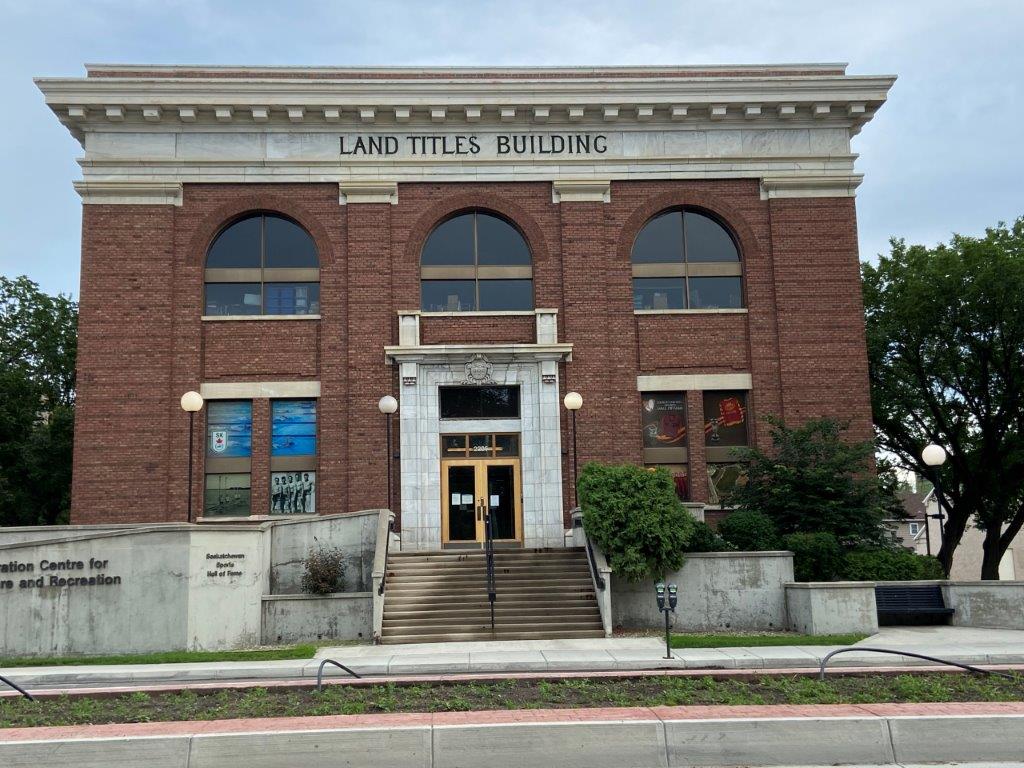What is a Right of Way?
Print this Article | Send to Colleague
 |
|
| Land Titles Building |
What is a Right of Way?
By Mark Bradley
Since October 1984, the message of “Call Before You Dig” (and more recently, “ClickBeforeYouDig™” and “Where’s the Line?”) has become a common mantra for homeowners, utility operators and the contractor community. These phrases encourage people to arrange for the locating and marking of buried facilities and overhead lines before their ground disturbance and construction activities are initiated. While essential for the safe completion of projects big and small, have you considered that the damage prevention process may include other steps?
The Canadian Common Ground Alliance publishes the Underground Infrastructure Damage Prevention Best Practices (available online at www.canadiancga.com), which includes eight practice statements and descriptions. Practice Statement 5-0, Mapping Best Practices, provides insight to practices that should augment your pre-construction contact to Alberta One-Call. Aside from the obvious landmarks, street names and building addresses, mapping (particularly survey plans, and site plans) also include hidden clues to what may exist in your work location – via easement and right-of-way information!
An easement or right of way (for purposes of this article, let’s consider them as being the same) is “a right created by grant, reservation, agreement, prescription, or necessary implication, which one has in the land of another. It is either for the benefit of the land (appurtenant), such as a right to cross A to get to B, or “in gross,” such as a public utility easement (source: International Right of Way Association). These agreements, registered on the property’s certificate of title, are transferred automatically as land ownership changes and ensure the holder may access the land to operate and maintain their assets, in both rural and urban properties.
Due to membership requirements and applicable legislation, a locate request through a one-call centre may not always prompt a response from all infrastructure representatives; however, information found via careful map review can provide additional details of who has rights on the property, indicating past or future infrastructure installations; and, subsequent title searches may provide insight to what activities may or may not be permitted here. In essence, information found during your map and title review helps to provide a complete picture of what is occurring on the land, which contributes to the efficient and successful execution of your work.
So, as part of your project, ensure you are searching for hidden clues. Make it your practice to review maps and title information in advance of your field work, and then ClickBeforeYouDig™.

